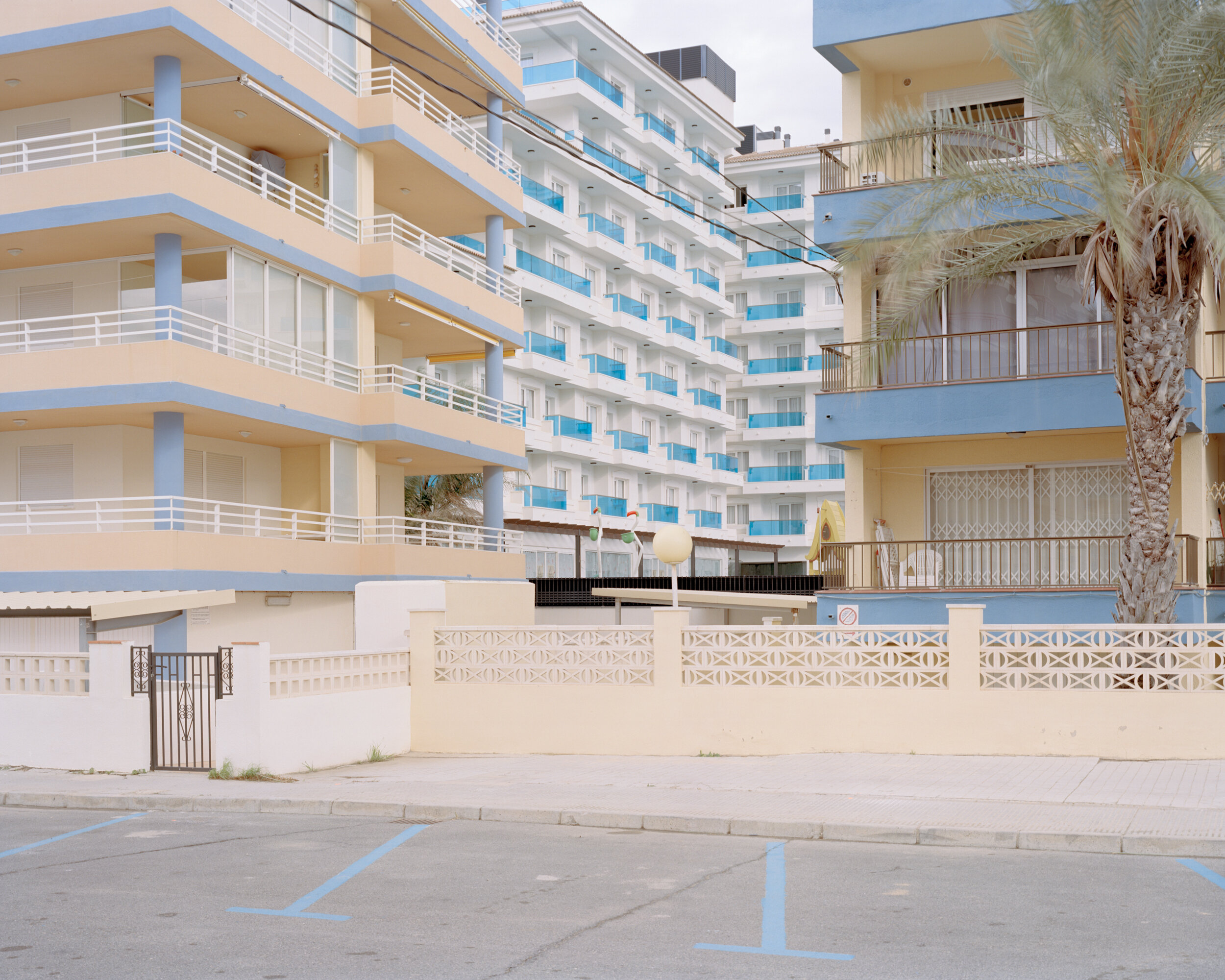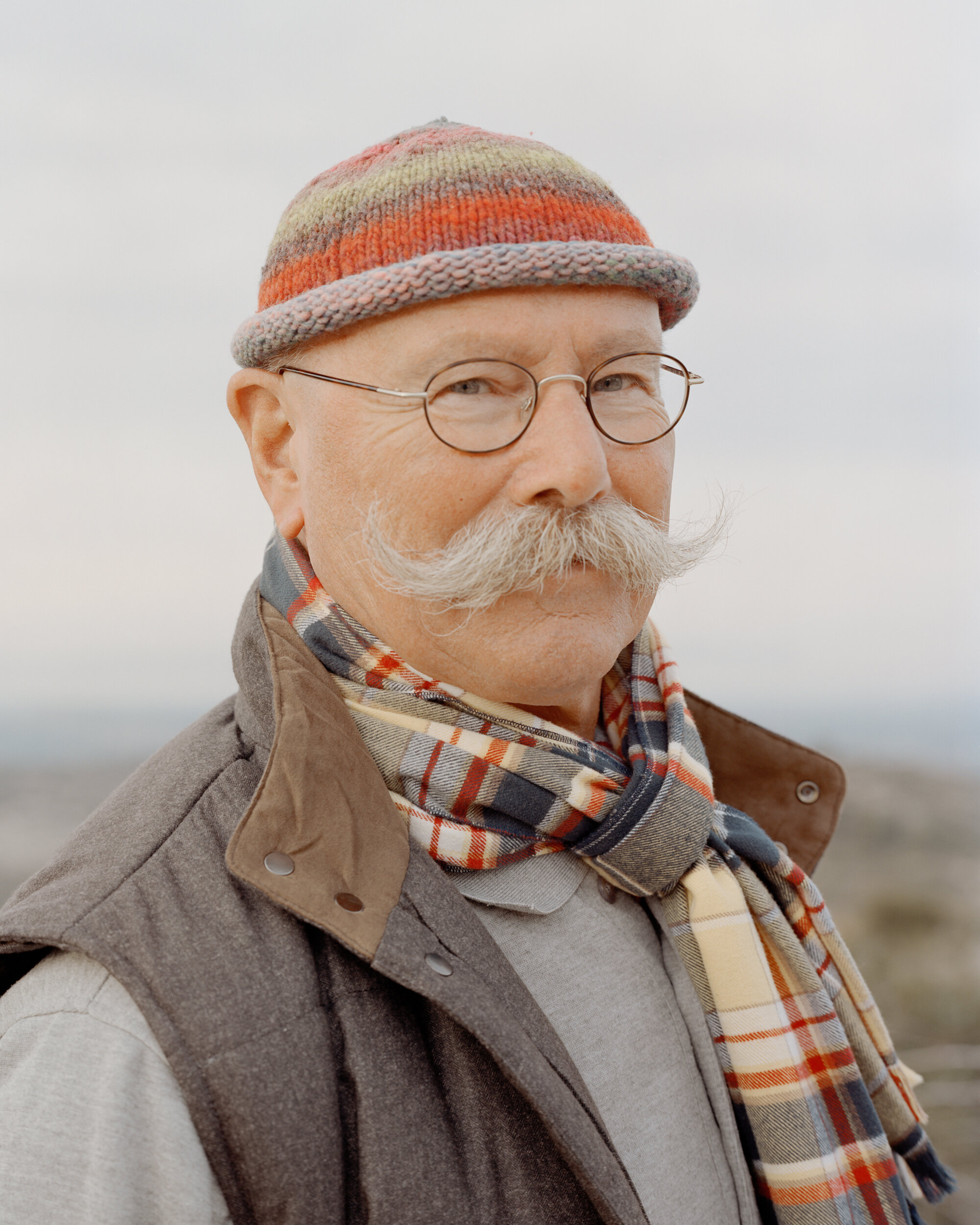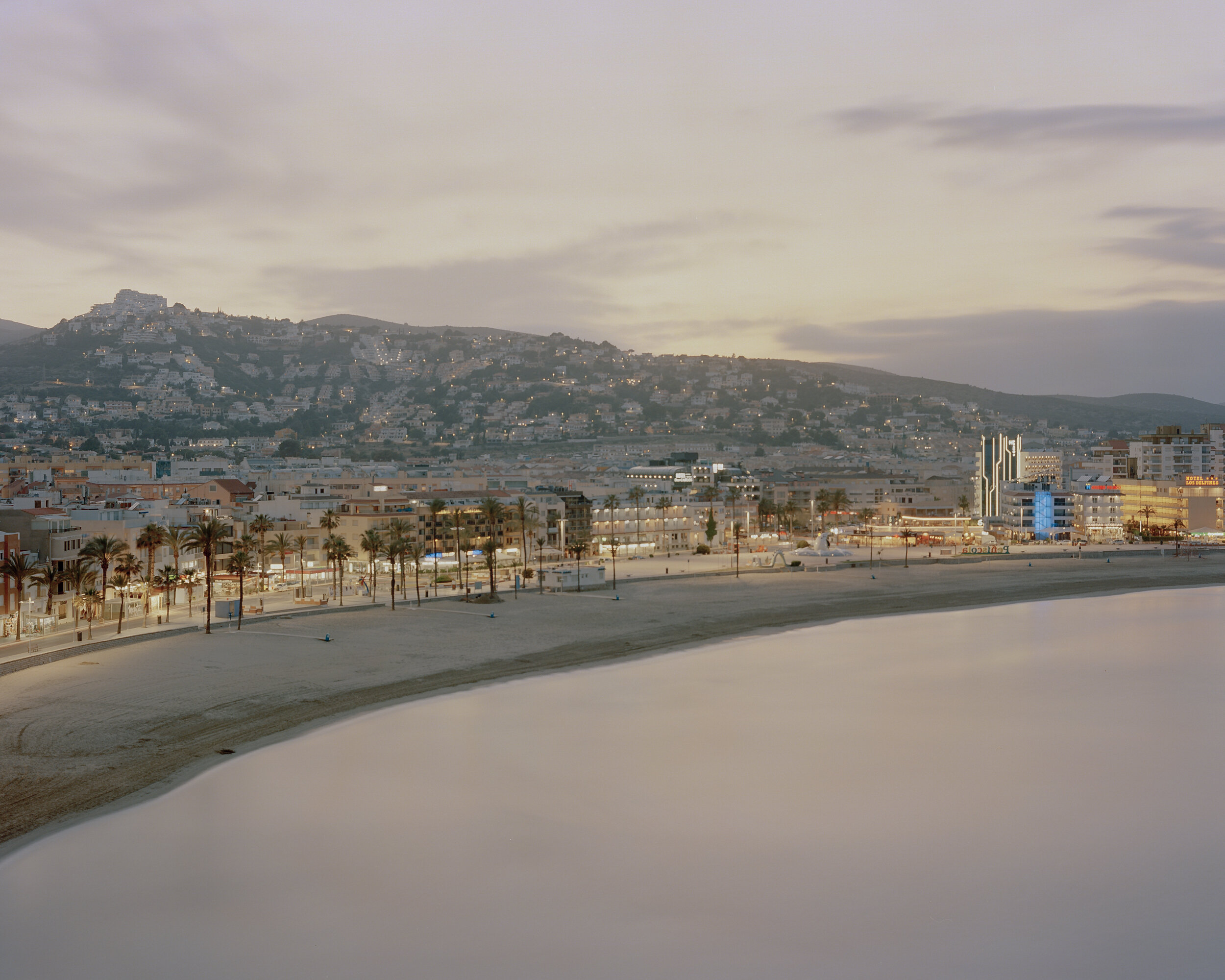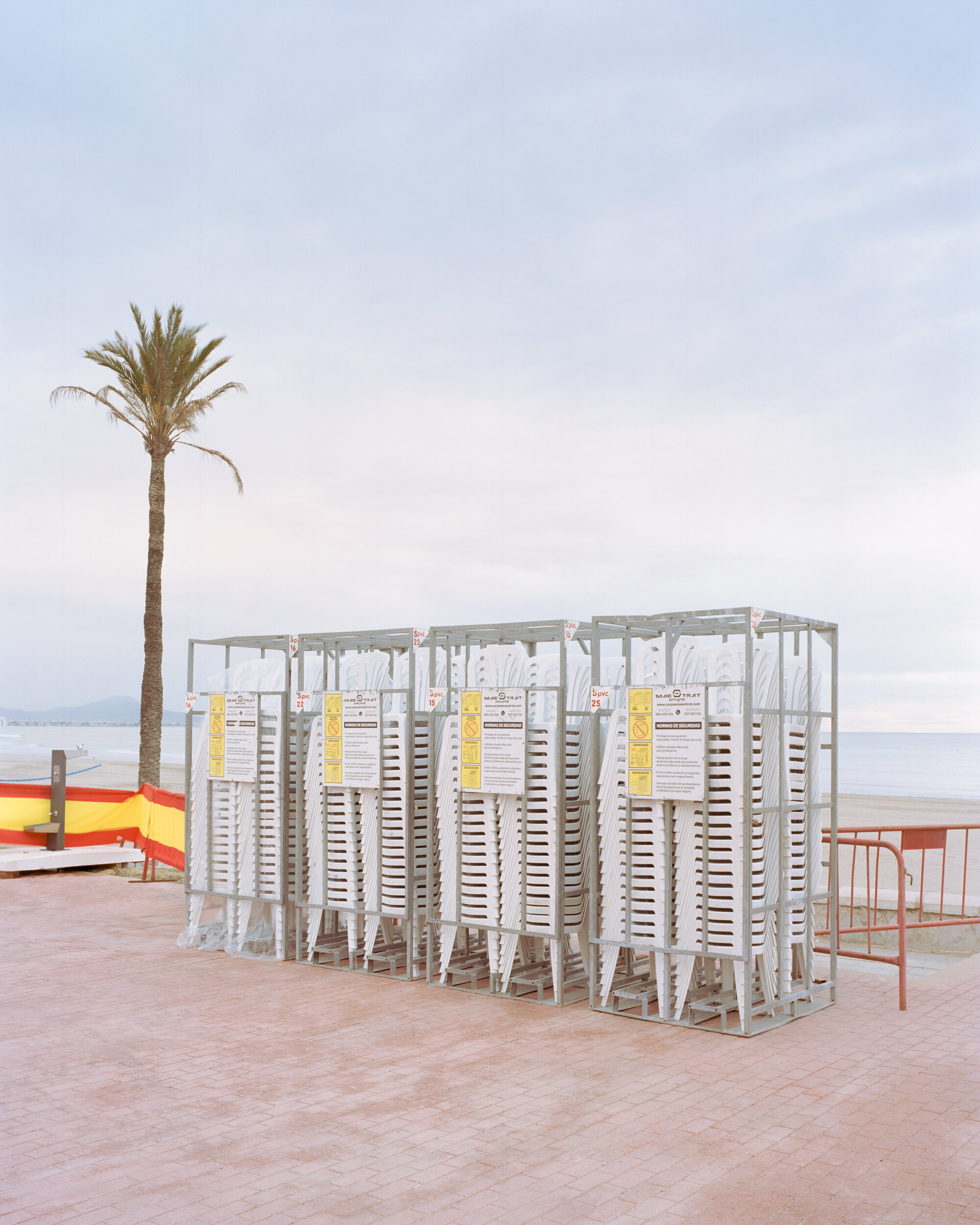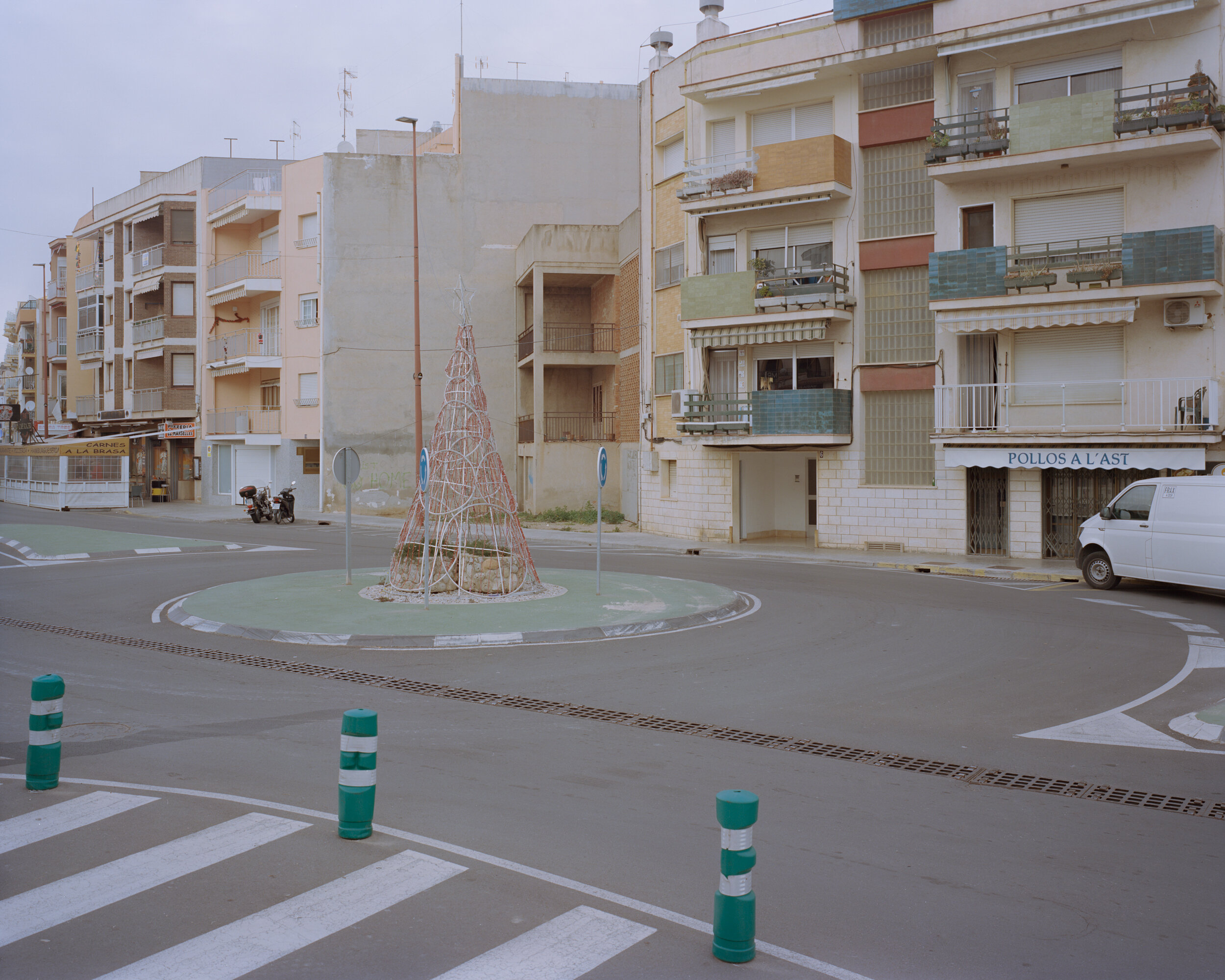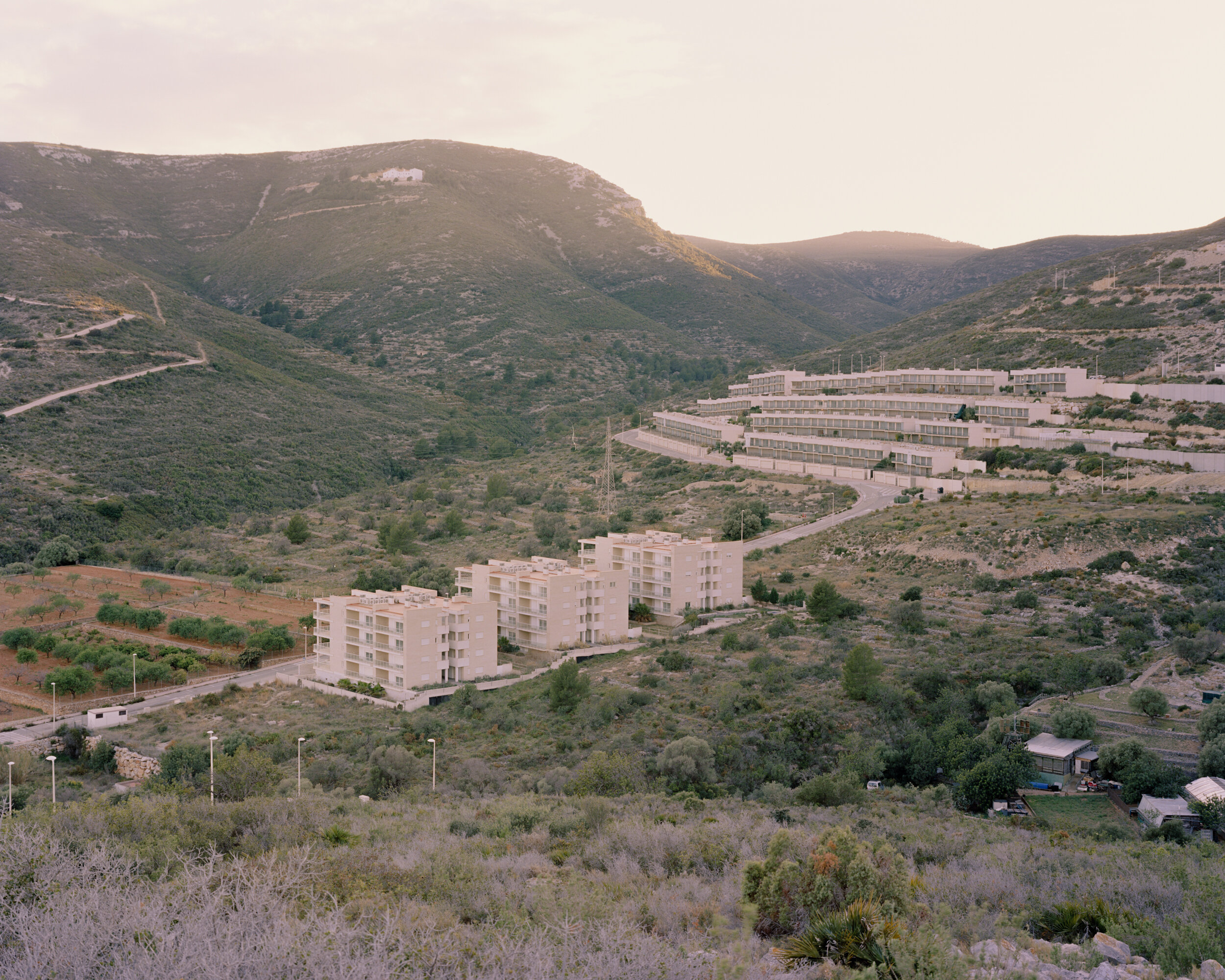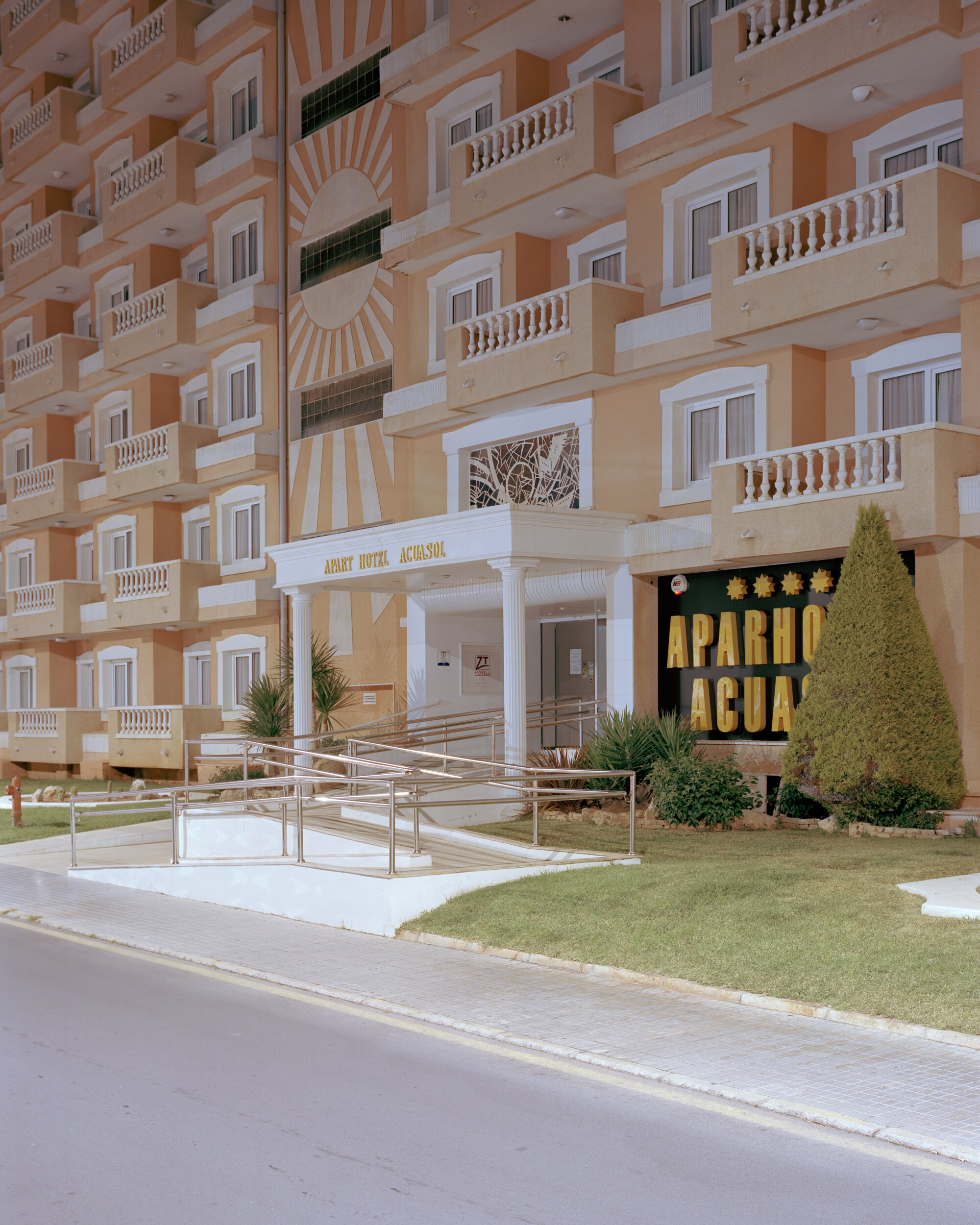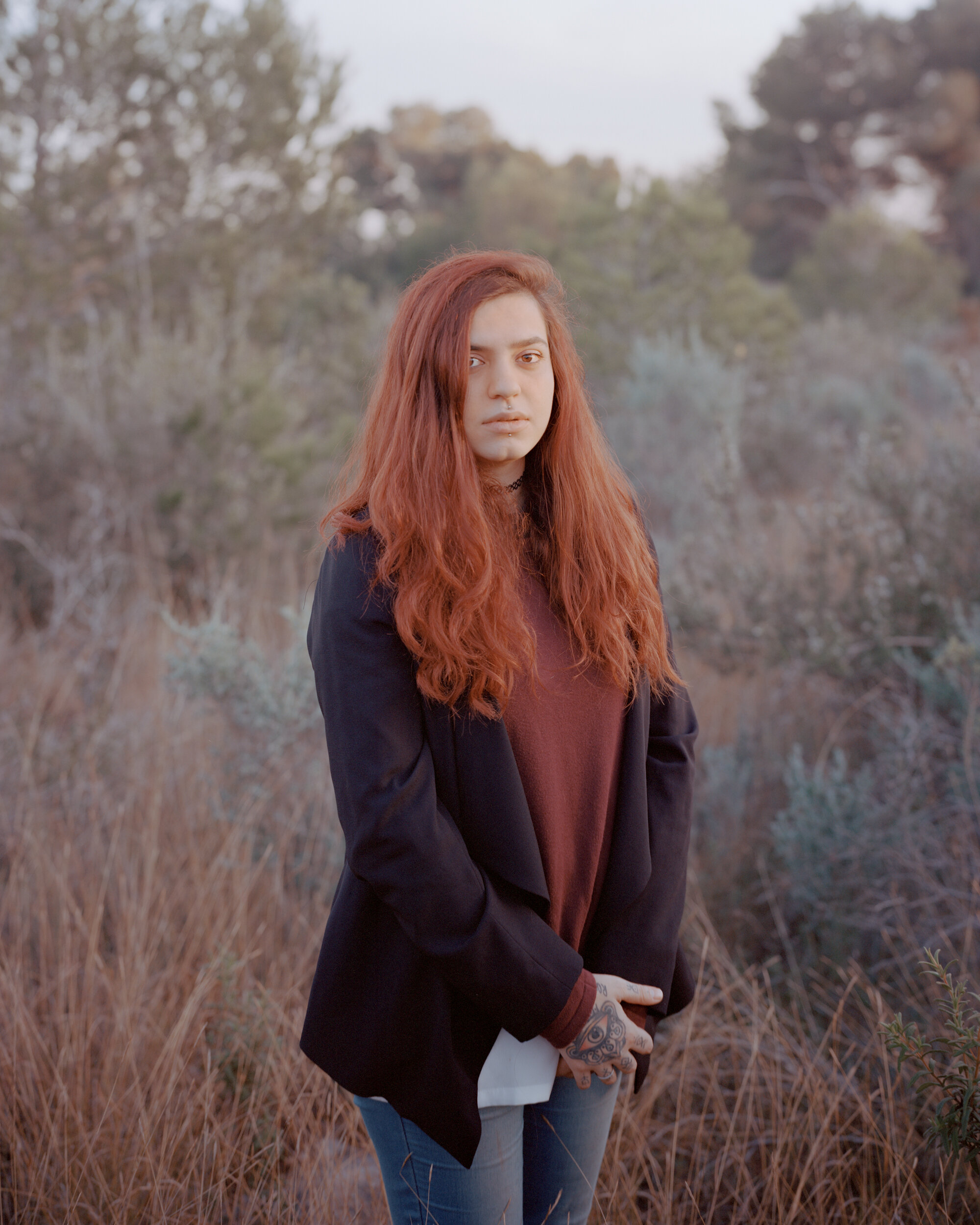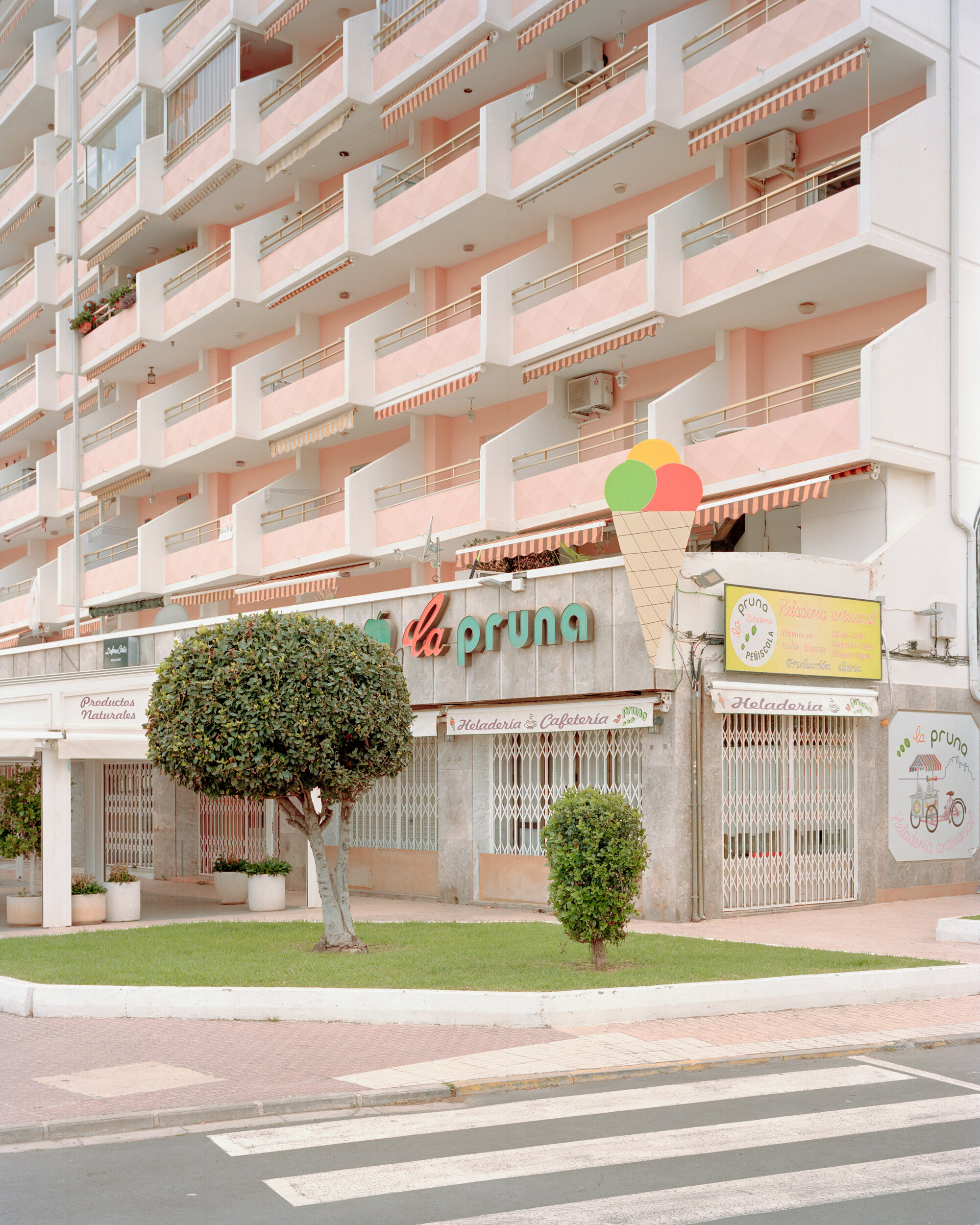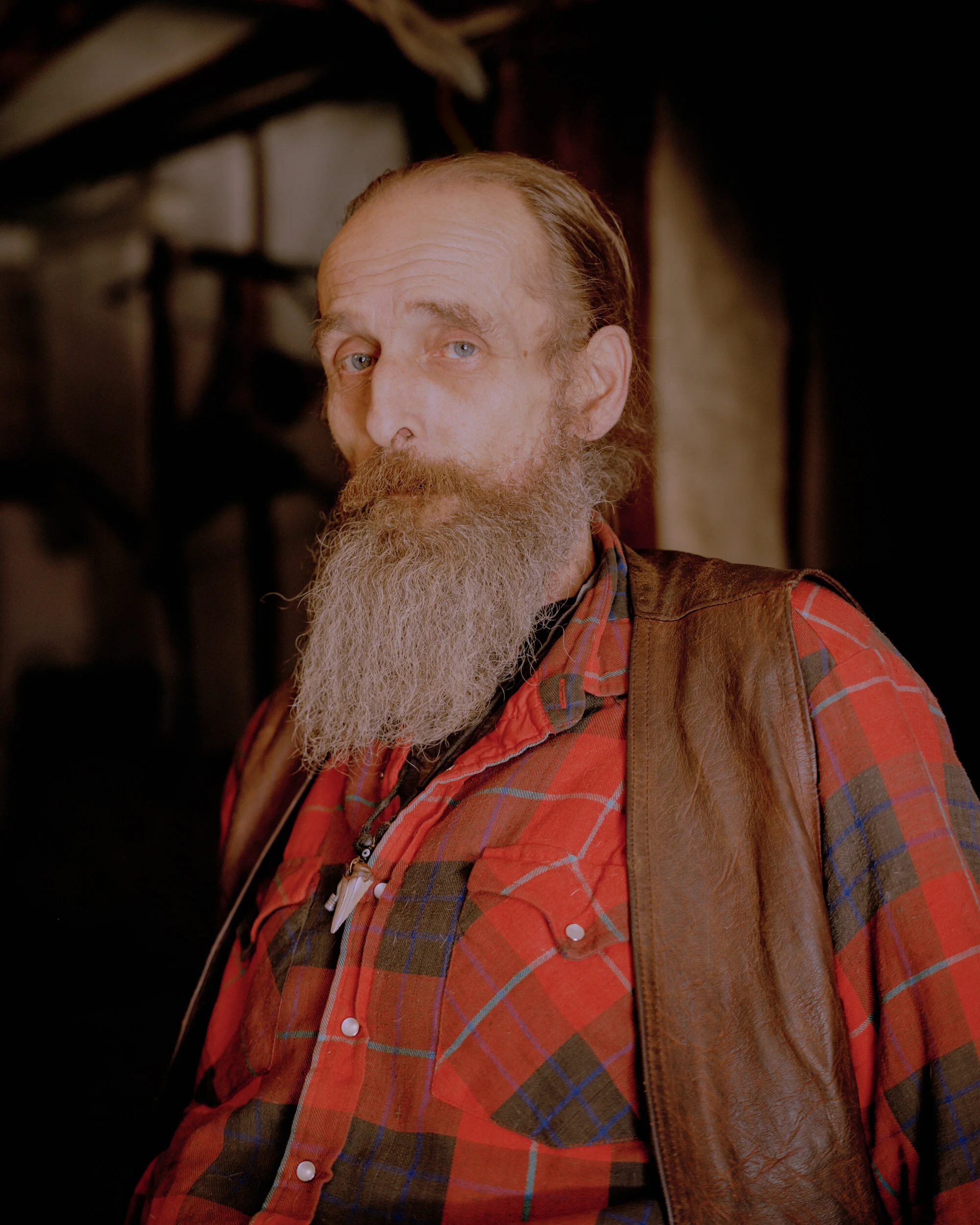Sebastian Beierle
Sebastian, can you introduce yourself. What led you to picking up a camera and how do you use it to communicate with the world?
My name is Sebastian Beierle. I grew up in a rural region in the south of Germany. Currently I am enrolled in the master program for photography at the University of Applied Sciences in Dortmund, Germany.
My first photographic experiences I made like many other people with my father's analog SLR, later I shot bad skate videos with my friends on my camcorder.
Until I was 24 years old I photographed mainly for myself and did not have the thought to publish my photographs. It wasn't until I started studying photography that I realized that my photographs could be of value to other people.
Today, photography is my medium of choice to tell stories and share a part of myself. With photography I also learn new things about myself every day, it's a great way to reflect on myself regularly.
In "Slowly the nights grew cold", What amount of time have you spent working on this series? How has spending a significant amount of time there helped you develop your project.
My current work "Slowly the nights grew cold" is dealing with the absence of tourists over the winter in one of the largest vacation destinations on the Spanish coast. For this project I spent a total of 14 weeks in Peniscola during the winter months.
I gave myself a longer work period to get more involved with the people and the subject matter. I wanted to know what it was like living in such a large empty infrastructure and what the everyday life of the locals is like. Sometimes I am a little slower to get involved with a new project. The longer periods on location definitely helped me to open up more and get to know some people better.
What drew you to Pensicola in the first place?
The first time I was in this place was by accident. A few years ago I took a road trip through the south of France and Spain with two friends. We wanted to go to the Mediterranean Sea for a few days and were still looking for the next town at night. At our destination we parked in a parking lot. When we woke up the next morning in Peniscola we found ourselves between big hotels, pools and palm trees. Everything reminded me of the perfect summer vacation. However, we were the only people around. It seemed as if this place had fallen into hibernation. At that moment I felt a strange feeling of loneliness which I could not explain at that time. The same day we drove on to Barcelona, I would not have thought at the time this feeling would drive me back into the city and to question global tourism.
What was it like to navigate a town that became rather isolated and void of tourists in the off season, how has that affected the town.
Loneliness was a central theme for me during this time. Even though I knew some people there by the end of the project, I was by myself a lot. This became a big problem on some days and I felt very bad at times.
I have never been to Peniscola in the summer, so I can only imagine how the city changes in the winter. I had the feeling everything went into a cozy hibernation. The locals have more space for themselves and their families during this time. I had the impression that many look forward to the winter, because then the stressful days with the tourists are over. The people who work there in the tourism industry often have a 7 day week over the summer and very little free time.
Of course, this also has its downsides. Many young people are unemployed over the winter and there are also increased drug problems.
Do you feel that the experience of solitude helped you better represent the absence of the off-season in Pensicola? If so, how did you capture the feeling of isolation in the people you met? What conversations did you have with them that helped you understand their feelings toward the way their home changes with the seasons?
I think I was much lonelier than most people there, at least it felt like that. In conversations, I often got the sense that they were looking forward to the calm in the winter. If I worked all summer and there were tourists everywhere, I would probably look forward to some peace and quiet. At the end of winter, the city wakes up again and I think people look forward to the action that tourism brings.
Since I have known you for some time, you've been more open to sharing some of your struggles with anxiety and depression. Has having a creative outlet helped calm your anxiety or ease your depression, if so how?
I have had the problem with anxiety and depression for many, many years now. Sometimes I feel like I have learned to deal with it and integrate it into my everyday life and sometimes it hits me totally unprepared and I can't deal with it at all.
Unfortunately I can't use photography as an outlet, when I'm feeling bad I'm not really productive. Rather, photography helps me validate myself. When I have anxiety and then get over myself to do a portrait it shows me I can do it and I can rely on myself - sometimes.
But what has helped me the most is to take myself and my needs seriously. If I can't do something for certain reasons then that's ok and I'm much more patient with myself now.
To keep up to date with Beirle’s latest work follow along here:
Instagram

